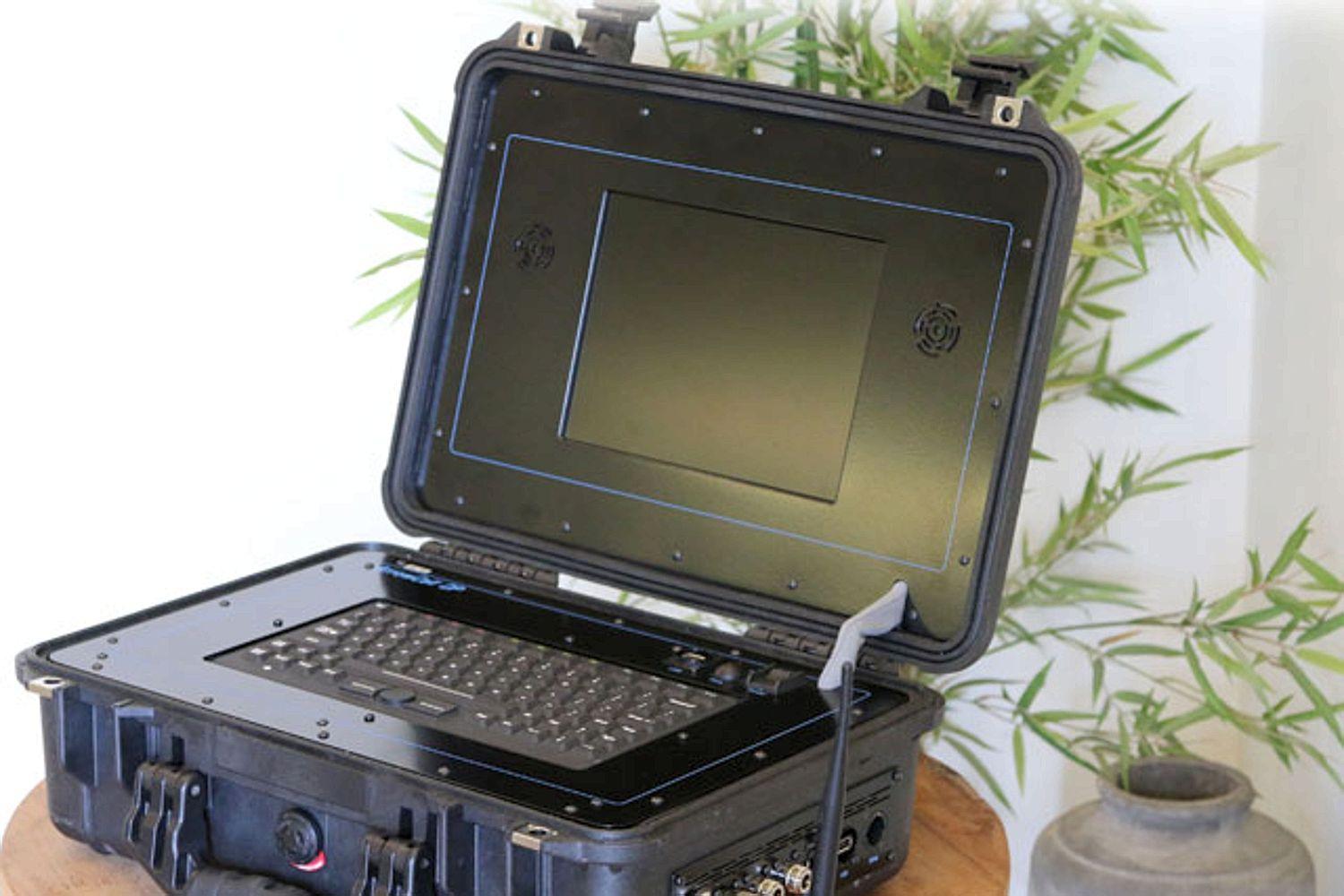What are IMSI Catchers and How do they Work

IMSI catchers, also known as Stingrays, are surveillance devices that act as fake cell towers and enable authorities to intercept mobile phone communications and track the location of cell phone users. While government agencies argue that they are crucial for investigations and national security purposes, their usage raises serious privacy concerns. In this article, we will explore what IMSI catchers are, how they work, their widespread usage and the privacy implications.
What are IMSI Catchers?
IMSI catchers are surveillance devices that mimic regular cell towers and trick nearby mobile phones into connecting to them by emitting a stronger signal than legitimate towers. Once a phone connects to an IMSI catcher, authorities are able to monitor communications content like calls and text messages as well as intercept phone signaling and communication metadata details like location, call logs and unique device identification numbers.
IMSI catchers were initially developed for military purposes but are now widely used by law enforcement and intelligence agencies around the world for surveillance operations. Different models of IMSI catchers can intercept 4G/LTE as well as older 2G and 3G network signals using technologies like DIGITAL ANALYZER, StingRay, Hailstorm and Dirtbox.
How do IMSI Catchers Work?
When a mobile phone switches on, it continuously scans the nearby area to detect available cell towers and select the one with the strongest signal. IMSI Catcher take advantage of this process by broadcasting a more powerful fake signal than legitimate towers in the area. Phones within the catchers range inadvertently connect to these fake towers instead of real ones.
Once connected, the IMSI catcher is able to actively monitor communications content passing through the connection. It can also query the phone for its unique IMSI and IMEI identification numbers. By triangulating connections from multiple phones, IMSI catchers can also pinpoint the approximate location of any target phones in the monitored area. Some more advanced IMSI catchers can even initiate calls or send text messages covertly.
Usage of IMSI Catchers Around the World
IMSI catchers are increasingly employed for surveillance operations worldwide. According to reports, dozens of law enforcement agencies in the United States deploy IMSI catchers regularly for investigations. They have also been used at large public gatherings and protests for mass surveillance. The UK authorities have similarly employed them for over a decade now at major events.
Outside of law enforcement, intelligence agencies like NSA and GCHQ are also reported to extensively use IMSI catchers along with interception capabilities at a global scale as a part of international signals intelligence programs. Countries like China,Russia and Iran are also believed to actively use IMSI catchers for monitoring dissent and political opponents.
Military forces have also used IMSI catchers. During conflicts in Iraq and Afghanistan, the US military deployed IMSI catchers to intercept communications from enemy combatants.IMSI catchers have even been smuggled across borders for spying operations, highlighting the privacy risks of unregulated use.
Privacy and Security Concerns
While IMSI catchers enable powerful surveillance capabilities, their usage raises serious privacy and security concerns due to the lack of regulations and oversight in many countries. Some of the major concerns include-
- Indiscriminate Mass Surveillance: IMSI catchers have the capability to scoop up communications data from thousands of innocent citizens alongside intended targets just by broadcasting signals in an area.
- Lack of Targeting and Authorization: It is difficult to restrict an IMSI catcher's coverage to just targeted suspects. They can potentially monitor any mobile device in range without individual court orders or authorization.
- Location Tracking: IMSI catchers enable precise location tracking of mobile users without consent. This real-time tracking can uncover private details about people's movements, behaviors and social networks.
- Identity Theft Risks: IMSI catchers can extract IMEI and IMSI identifiers from any phone they connect to. There are risks of these sensitive identifiers being stolen, leaked or abused for fraudulent activities.
- Network Security Issues: Fake cell towers from IMSI catchers can potentially compromise the security of mobile networks by intercepting authentication protocols and even initiating man-in-the-middle attacks on connected devices.
- Difficult to Detect: There is no obvious way for mobile users to detect the presence of covert IMSI catchers, assess the risks involved or provide informed consent for such surveillance activities.
In many countries there are inadequate legal protections and transparency over government agencies' IMSI catcher usage. Comprehensive regulatory frameworks are needed to prevent their misuse for mass surveillance threatening citizens' privacy without reasonable oversight. Mobile networks also need to develop technical solutions to detect rogue cell towers and warn users.
While IMSI catchers undoubtedly provide governments with a powerful surveillance capability, their widespread use for bulk monitoring raises serious privacy and civil liberties concerns in the digital age. Stricter controls balancing security needs with privacy protections are required to prevent these devices from being misused for mass surveillance overreaching constitutional bounds. Increased transparency and oversight mechanisms are also crucial to preserve citizens' trust in authorities employing such technology. With mobile networks increasingly connecting every aspect of our lives, protecting core privacy principles will be important for democratic societies going forward.
Get More Insights On This Topic: https://www.trendingwebwire.com/imsi-catchers-a-growing-threat-to-privacy/
- Art
- Causes
- Crafts
- Dance
- Drinks
- Film
- Fitness
- Food
- Jogos
- Gardening
- Health
- Início
- Literature
- Music
- Networking
- Outro
- Party
- Religion
- Shopping
- Sports
- Theater
- Wellness
- IT, Cloud, Software and Technology


